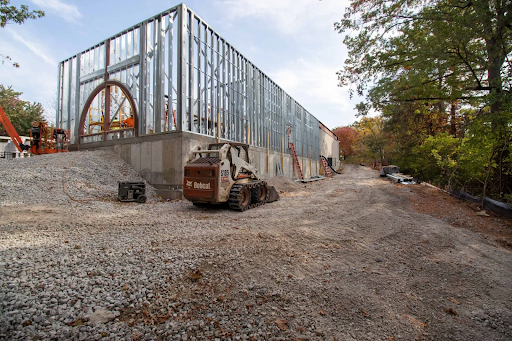Expert Blogs

Finding a r eliable and experienced project and commercial construction management is the only way to ensure your project’s success – which requires the highest level of expertise, attention to detail, and proven project management skills. Working with a construction project manager (PM) helps you avoid common mistakes. Below we dive into what to watch out for as work progresses. Lack of Timeline Transparency The initial consultation and bidding process with contractors and subcontractors will establish a time frame, but that doesn’t always mean it’s a feasible timeline to follow. Be honest about the scope of work and your capabilities as a stakeholder and client. Don’t force your construction team to beat deadlines and cut corners on quality just to save time. Your construction project manager can liaise between clients and contractors to ensure no budget numbers are lost in translation. Lack of Communication While other project managers might make a few phone calls to check on projects, our dependable team puts boots on the ground, walking through existing developments. We learn and analyze every aspect of the project so that we can exceed your expectations throughout the project lifecycle. You can count on us to work diligently on your behalf to plan, manage, and complete your commercial development project.

Take it from us: Even the most seasoned commercial property experts could use a commercial property management refresher from time to time. Owning commercial property as a landlord is a great way to grow wealth. Still, the property manager is integral in ensuring a lucrative return on investment. When working to build a relationship with your commercial property management team, there are a few fundamentals you should be addressing. Marketing and Leasing Your Commercial Property Leasing reports correlate directly with your property’s revenue, which is another crucial number to track every week, especially when you own a commercial property with a high vacancy rate. It’s not enough for your property manager to report new leases; they need to be detailed in the rent roll report. Other stats you need to watch are comparable property rent averages, collection issues, and what’s being done to market your property and decrease vacancies. Addressing Maintenance Concerns Quickly Work closely with your property management team to develop a workflow for handling maintenance requests. Being proactive with these issues will go a long way toward maintaining the value of your commercial property. Consider who your tenants or employees will contact with requests and who will follow up (and when). While your property management team should have the autonomy to get bids for renovations, owners should approve any bids over a certain amount. Streamlining Cash Flow With Experience The right commercial property management team will have the financial expertise to offer insight on increasing income and cutting operating costs. They can suggest improvements that will raise property value, suggest vendors and service providers that will help expand profit margins, and know how to read and review vendor/provider contracts to identify opportunities for cost switching. Look for property managers with management and investment experience to contribute a multi-faceted approach.

Commercial subleasing may be an excellent option for investors leasing commercial property who want to improve cash flow and lower vacancy rates. However, this process is anything but uncomplicated, and it helps to know what it entails before any agreements are made. What Is a Commercial Sublease? This type of lease is an agreement between an entity that already holds a lease (sublessors) to a commercial building and a tenant (sublessee) who wants to lease part or all of that property. Some of the most common reasons for this are reducing cost, optimizing space, or consolidating office space. For sublessees, this is a great way to work around notoriously high commercial lease rates – a sublease is almost always cheaper than direct leasing. They have the chance to pay only for the space they need, instead of leasing a building that’s too large and out of the price range. Subleasing is also great for sublessors’ cash flow, too. Businesses that are streamlining staff or closing down altogether may be able to sublease part or all of their business property to mitigate the closure cost. Subleasing could be much more cost-efficient than the fees associated with breaking a lease.

Getting the maximum return when investing in commercial real estate means understanding the true, quantifiable value of the property. Ultimately, buying and selling commercial property needs to be facilitated by a team of real estate professionals who understand the complexities and nuances of valuation. Still, potential and current investors need to explore their options. Cost Approach This valuation method starts with the cost of rebuilding the property from scratch and includes the value of the land, cost of construction materials, and any other costs associated with the construction. This is the most common valuation method for properties that don’t have many comparable properties on the current market, whether due to specialized improvements or adding significant value to the underlying land. Income Capitalization Income capitalization is the property valuation method that property appraisers and real estate investors use, and the cap rate is directly correlated with the risk of investing in that property. First, determine the net operating income (NOI) of a property by subtracting operating expenses from the overall gross income of the building. Then, calculate the cap rate by taking NOI and dividing it by the property’s purchasing price or current market value. Market Approach Also called sales comparison, this approach looks at the sales prices of comparable properties in the area that have recently sold and helps increase the chance of garnering a fair market valuation. However, this strategy is commonly used more for residential properties than for more specialized, hard-to-compare commercial properties. Still, it is a popular and common property valuation method for multifamily properties.